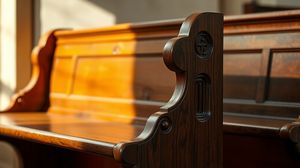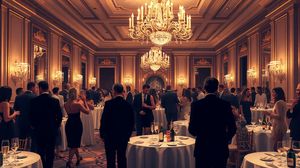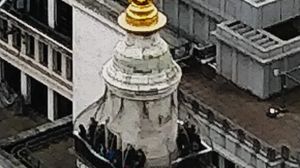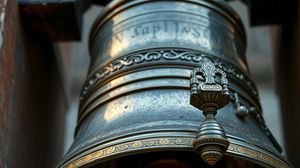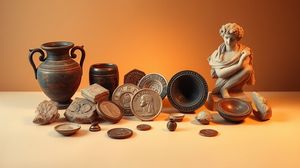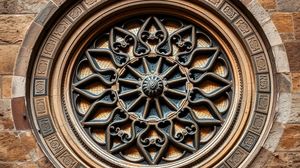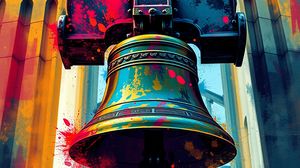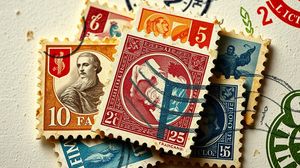
The Royal Philatelic Society London, located in the historic heart of the City of London, is the oldest philatelic society in the world. Established in 1869, it has played a pivotal role in the study and appreciation of postage stamps and postal history, making it a must-visit for enthusiasts and those curious about philately.
At its core, the Society houses an extensive library and archive of philatelic literature, offering a vast repository of knowledge that spans multiple languages and centuries. This collection is a treasure trove for researchers and collectors alike, making it an esteemed resource in the philatelic world.
One of the intriguing aspects of the Society is its Royal ties. It was granted the title "Royal" by King Edward VII in 1906, reflecting its significant contribution to the field. The Society has had royal patrons throughout its history, including the current one, Her Majesty Queen Elizabeth II, demonstrating its prestigious standing.
Visitors might be surprised to learn about some of the unique artifacts in the Society's safekeeping, such as the famous "Black Penny," which was the world's first adhesive postage stamp issued in 1840. Such historical gems provide a tangible connection to the past and illustrate the evolution of global communication.
An interesting aspect for newcomers is the annual series of exhibitions and lectures hosted by the Society, where philatelists from around the world gather to share their expertise and insights. These events foster a vibrant, international community keen to explore the nuances of postal history.
The Society also boasts a significant achievement in philatelic technology by producing the prestigious London Philatelist journal. This publication has been an essential read for collectors since 1892, offering cutting-edge research and articles on a wide range of philatelic topics.
Moreover, the Society's location in Abchurch Lane places it within the bustling financial district of London, adding a layer of contrast between the fast-paced modern world and the reflective study of history through stamps. It is an interesting juxtaposition that enhances the experience of visiting this historic institution.

Making the Most of Your Visit:
Make sure to delve into the library's resources. The collection here is massive and spans multiple languages, giving you insights not only into stamp designs but into historical contexts and postal histories from various regions and eras.
If you're into history, ask about the famous "Black Penny." Knowing more about it and seeing it up close can provide a greater appreciation for its historical significance and its role in transforming global communication.
Time your visit with one of their exhibitions or lectures if possible. These events are a fantastic way to meet fellow enthusiasts and delve deeper into philatelic topics, with speakers bringing unique perspectives on the evolution of postal systems.
Don't forget to take a moment to appreciate their journal, the London Philatelist. It's a treasure trove of articles that have been published since 1892, providing you with study material and something to discuss with the knowledgeable members you might meet there.
Enjoy the contrast between the historic charm of the Society and its modern urban surroundings. The bustle of the financial district around adds a unique atmosphere, highlighting the depth and continuity of postal history in the midst of contemporary London.

Visiting Times & Costs:
The Royal Philatelic Society London is open to the public on specific days, typically on weekdays. It is advisable to check ahead for exact opening days and times as they can vary due to events and holidays.
While entry to the library and main collections is generally complimentary, certain special exhibitions or events may require a fee. Information on specific costs should be confirmed in advance.
Accessibility considerations are important, and the Society aims to accommodate visitors with mobility issues, though some areas may have limited access due to the historical nature of the building. It is best to inquire prior to visiting to ensure an optimal experience.

Address & Map:

Nearby:
